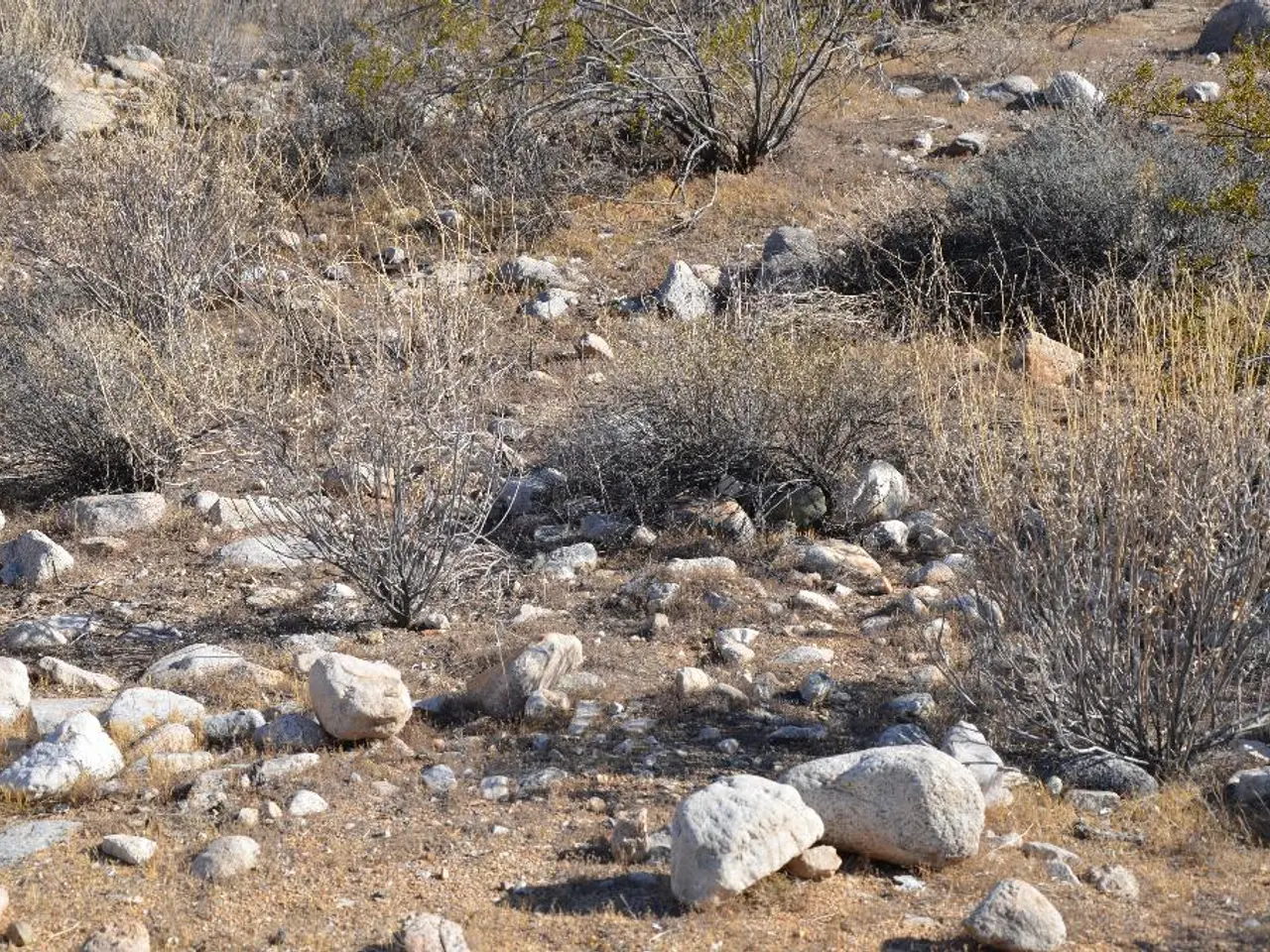Transforming Decomposed Granite into Potting Soil
Decomposed granite (DG), a popular choice for paths, driveways, and garden trails, has found a new purpose as a planting medium. But with its mineral composition, it requires some amendments to become fertile soil suitable for plant growth.
Decomposed granite is formed from the weathering and erosion of solid granite, resulting in a finely weathered and eroded form of the parent rock, with particles ranging from dust to three-eighths of an inch in size. This natural, permeable, aesthetically versatile, and inexpensive material is mined from quarries worldwide and is available in various colours, depending on the quarry source.
However, DG alone is primarily mineral and lacks the organic properties ideal for plant growth. To convert it into planting soil, you need to amend it with organic matter and improve its texture and nutrient content.
Here are steps to convert decomposed granite into planting soil:
- Remove debris and coarse particles to ensure you start with finer material.
- Mix decomposed granite with organic amendments such as compost, aged manure, or peat moss to add nutrients and improve water retention.
- Incorporate additional soil components like topsoil or loam if available, to enhance soil structure and fertility.
- Adjust pH as needed by adding soil amendments like elemental sulfur if your plants require more acidic conditions.
- Aerate and turn the mixture thoroughly to ensure an even blend of mineral and organic materials.
- Water the mixture well to help microorganisms establish and start breaking down organic matter, which stabilizes the soil.
- Optionally, test the soil to confirm nutrient levels and organic content before planting.
When using DG for paths or garden trails, it is recommended to use DG with stabilizers to prevent it from becoming loose or muddy over time. For driveways, consider using DG with resin to give the surface a similar appearance to asphalt while maintaining permeability.
If the DG becomes compacted or loses its texture, it can be loosened by raking or adding water. Lining the path or trail with a black metal strip will help keep the DG in place.
In conclusion, while DG is excellent as a mulch material, pathway material, or erosion control, it lacks the organic matter and nutrients essential for plant growth. By converting it into planting soil, you can create a balanced, fertile medium suitable for gardens or beds, improving moisture retention, nutrient supply, and root penetration that DG alone does not provide.
Home-and-garden enthusiasts can use decomposed granite (DG) for paths, driveways, and garden trails, but to cultivate plants, it needs amendments. To convert DG into planting soil, one should remove debris, mix it with organic matter like compost or peat moss, incorporate additional soil components if available, adjust pH as needed, aerate and turn the mixture, and water it well.
Gardening with decomposed granite offers a unique advantage as it can be amended to create a fertile, balanced medium suitable for gardens or beds, improving moisture retention, nutrient supply, and root penetration.






